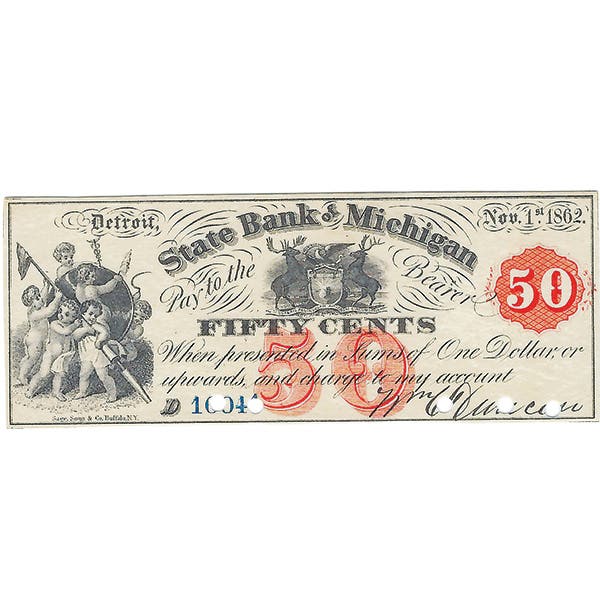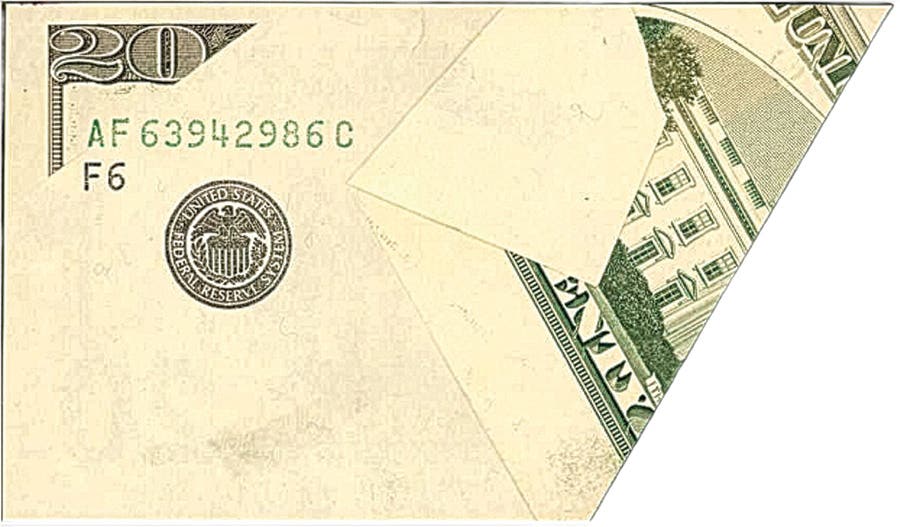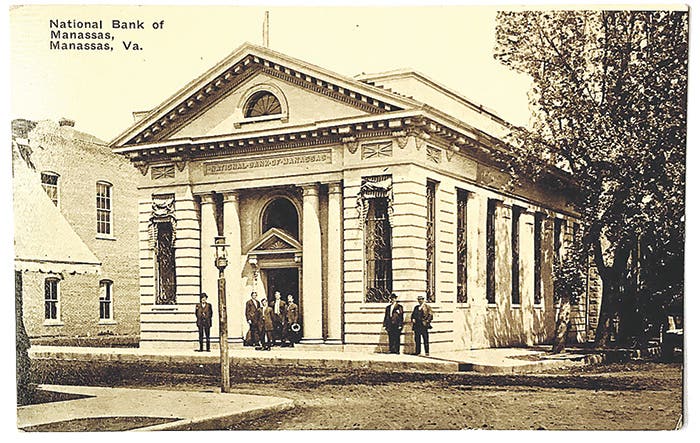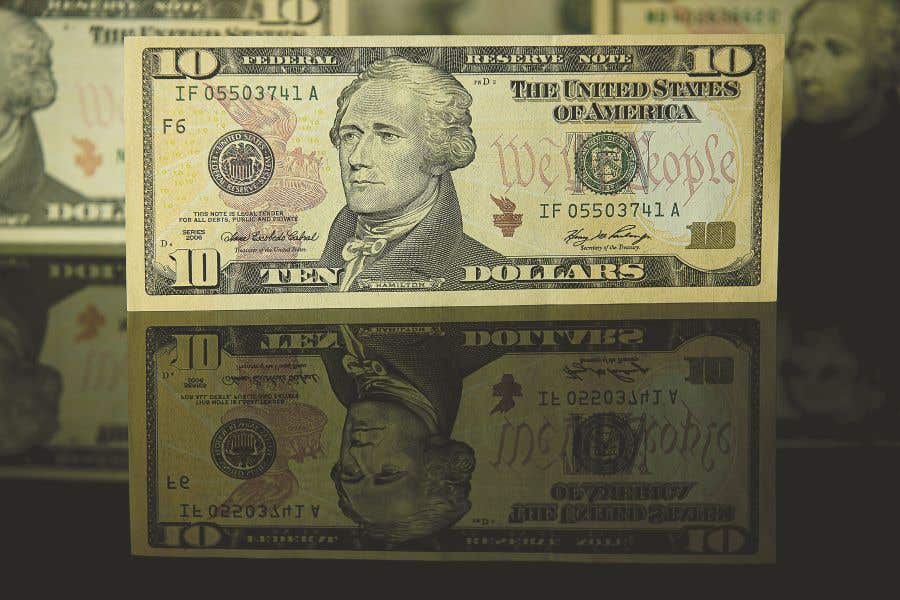Rare Ghost Town Notes
I decided to write about a recent addition to my collection and the tiny, almost ghost town from which it emerged. I am referring to minuscule Secor, Ill., a near…
I decided to write about a recent addition to my collection and the tiny, almost ghost town from which it emerged. I am referring to minuscule Secor, Ill., a near ghost in Woodford County. It is described online as a “village”, but I prefer ghost town. Let’s go.
Secor, Ill., is located 27 miles due east of Peoria and 7 miles due west of El Paso, Ill., on U.S. Route 24. It is pretty much in the middle of nowhere and what is left of Secor pretty much reflects that. Secor was founded by settlers looking for cheaper land and better opportunities as early as 1838, but by 1856 many of them were following the building of the Eastern Extension of what was then known as the Peoria and Oquawka Railroad. This railroad still exists today as the Peoria, Toledo and Western. Although what became known as Secor was sparsely settled several years prior to 1856, it was officially incorporated in 1857.
A longstanding and commonly heard local joke suggests that Secor stands for Southeast Corner of Roanoke, with Roanoke being a much larger community located approximately five miles to the northwest of Secor. In actuality, Secor was named in honor of Charles A. Secor, a member of the engineering firm of Cruger, Secor and Company, which was awarded the contract for construction of the Eastern Extension of the Peoria and Oquawka Railroad. Originally a busy, thriving community, large for its time and place, Secor is now a village in decline. With a population of 373 at the last official census, Secor is valiantly struggling to just survive. Many descendants of the original settlers still live in Secor. Once home to a large variety of retail and service businesses, all that is now left of such venues is one lonely tavern, The Secor Saloon.
Although a great many Secor residents have gone out into the world over the years and made names for themselves, the only person to become internationally renowned, was Wilhelmina (Minnie) Vautrin. Vautrin, born in Secor in 1887, spent all her early life in Secor until graduating as a young woman from Illinois State Normal University and later from the University of Illinois at Champaign. In 1912, she decided her life’s calling was to be a missionary, and she subsequently journeyed to China. After six years there she returned to America and attended Columbia University where she earned her master’s degree. She later returned to Nanking, China, to eventually become the vice president of the Ginling Girls College which she helped found. With the coming of World War II and Japan’s invasion of China, Minnie became widely renowned for saving the lives of many of the women at the school during the Nanking Massacre of 1939. Armed with only her wits and the use of an American flag, Vautrin was largely able to repel Japanese incursions into the college that was so dear to her. In 1940, haunted by those she had not been able to save, she took her own life. After the war, Vautrin was posthumously awarded the Emblem of the Blue Jade by the Chinese government for her heroic sacrifices during the Nanking Massacre.
The First National Bank of Secor, Ill., charter #6007, opened in October of 1901 at the tail end of the issue of Series of 1882 notes. Accordingly, the bank issued Series of 1882 Brown, Date and Value Backs until 1921, when it began to issue Series of 1902 Plain Back notes. It also issued a small number of Series of 1929 small size notes until the bank was closed by the receiver in early 1932. For such a long life, the total circulation of the bank was very small, just $373,000, with 6 large and 6 small notes currently reported.
When I spied the only known Series of 1882 Date Back note from Secor for sale on eBay, I did some research and found the town sufficiently ghostly and the bank correspondingly rare. I found that Heritage had auctioned large notes 8 times over the years, but these represented only 4 different notes, one of them having been sold 4 different times. The Secor notes were not common at all. So, I decided to add it to my collection. I have included a photo. Note the lovely pen signature of the cashier, E.J. Harseim, and the stamped signature of the president, Frank B. Stitt. I also found some interesting history about the bank that made it even more interesting in the thrills and drama category.
The First National Bank was held up and robbed on July 10, 1924, by two men who helped themselves to $3,300 in cash and $8,000 in security bonds. They were never caught. Then, on Jan. 3, 1927, a lone bandit entered the bank just at closing time. He asked for change for a $10 note and then drew a pistol and ordered the bank officers and patrons who were there at the time into the bank vault. He took only cash, in the amount of $1,081. After he left, the alarm was given and two men, included the then cashier Ralph Burster, chased the bandit’s speeding car toward El Paso, Ill. As they were about to overtake the bandit’s car, they heard a shot. The bandit’s car crashed into a ditch and overturned. The robber was found dead, killed by a shot from his own gun. Was my $10 1882 Date Back part of any of this loot?
Today, Secor is indeed a virtual ghost town. The bank is long demolished, probably the victim of the many tornadoes that have plagued the area (most recently in 2005). The once proud Hotel Secor, located on the main intersection, is boarded-up and abandoned. I have included a vintage photo of that block, circa 1915, and how it appears today. Many other buildings are in a state of decay. The imposing Secor High School, the most impressive structure in town, is closed. Only the saloon and the tiny U.S. post office seem to be in operation. The few residents must drive to El Paso for supplies.
Readers may address questions or comments about this article or national bank notes in general to Mark Hotz directly by email at markbhotz@gmail.com









